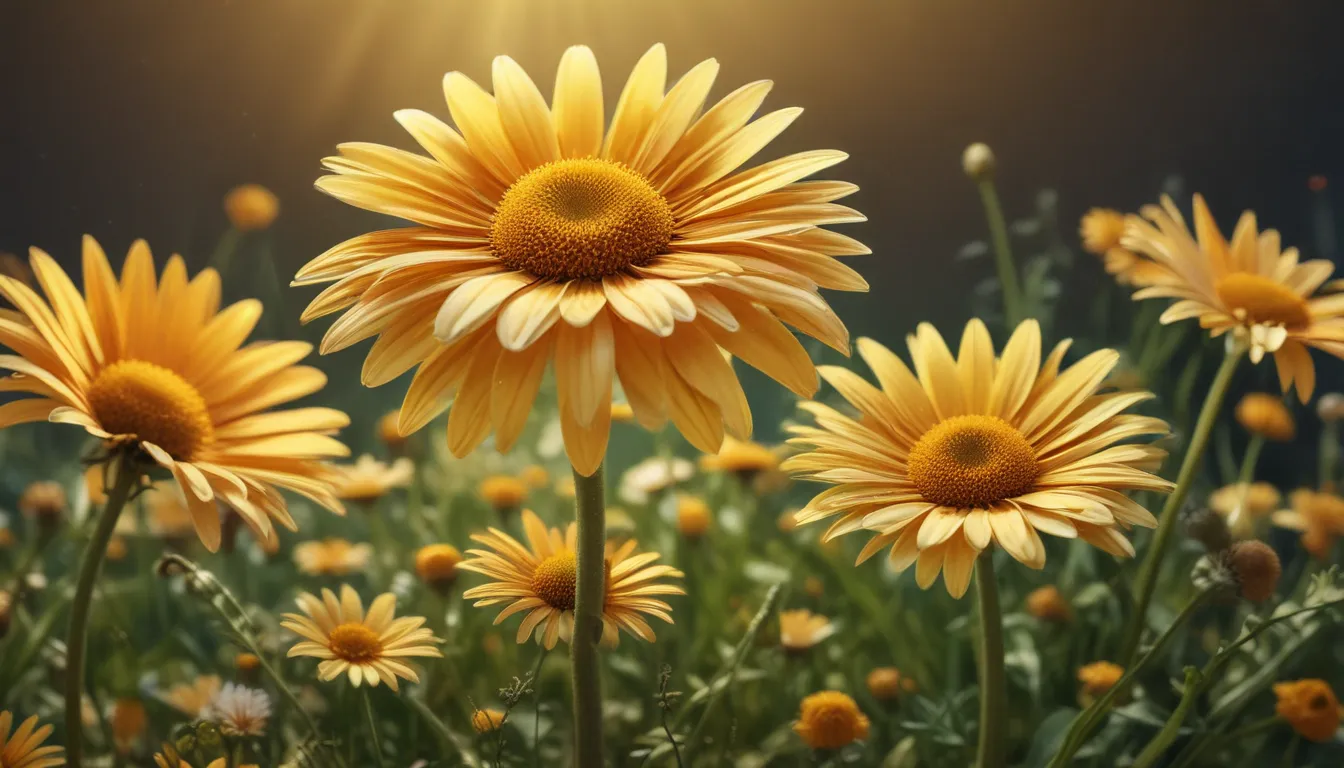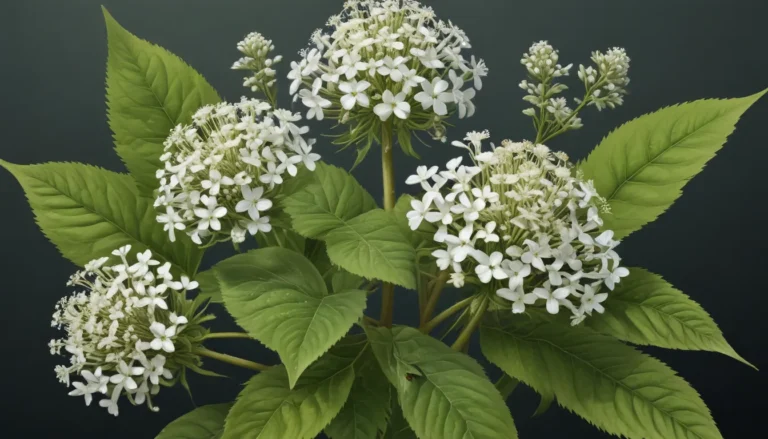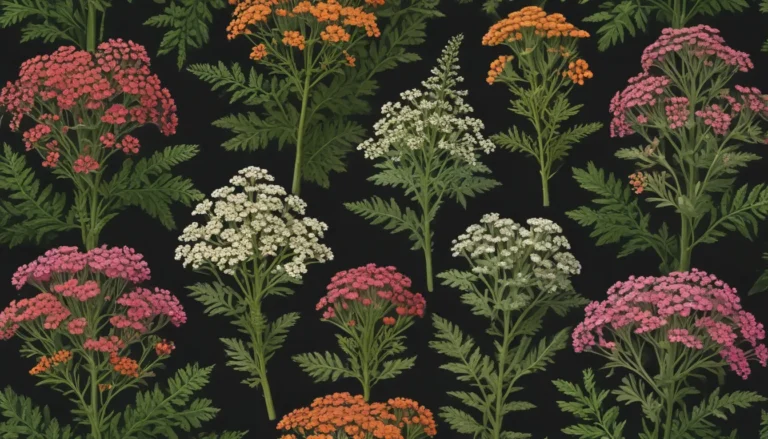The pictures we use in our articles might not show exactly what the words say. We choose these pictures to make you interested in reading more. The pictures work together with the words but don’t take their place. The words still tell you the important facts.
Welcome to the captivating world of Golden Marguerite, also known as Anthemis tinctoria, a stunning flowering plant that has captured the hearts of many gardening enthusiasts and nature lovers. In this article, we will delve into 20 intriguing facts about Golden Marguerite that will not only amaze you but also inspire you to incorporate this beautiful plant into your garden. From its vibrant yellow flowers to its medicinal properties and ecological significance, Golden Marguerite is truly a remarkable and versatile addition to any landscape.
The Beauty of Golden Marguerite
Golden Marguerite is a vibrant yellow flowering plant that blooms from late spring to early fall, attracting bees, butterflies, and other important pollinators. Its feathery foliage and long blooming period make it a delightful choice for adding a pop of color to any garden.
Exploring its Origins
Belonging to the Asteraceae family, also known as the daisy family, Golden Marguerite is native to Europe and parts of Asia. This beautiful plant can be found in regions such as the Mediterranean, showcasing its adaptability to different climates.
Ornamental Value
Due to its attractive yellow flowers and fine-textured foliage, Golden Marguerite is commonly used in ornamental gardening. Whether in flower beds, borders, or containers, this plant adds a touch of elegance and vibrancy to any garden setting.
Growing and Thriving
Golden Marguerite thrives in full sun to partial shade and can reach a height of 2 to 3 feet when fully grown. Its aromatic foliage emits a pleasant scent when touched, further enhancing its charm.
Medicinal Uses
With a history of medicinal use, Golden Marguerite is believed to have various health benefits, including anti-inflammatory and digestive properties. The leaves of this plant can be harvested and dried to create a flavorful herbal tea that is both delicious and soothing.
Ecological Significance
Golden Marguerite is a valuable plant for supporting local pollinator populations, as its vibrant flowers attract bees, butterflies, and other pollinators. Its extensive root system also helps stabilize soil, making it an effective plant for erosion control.
Maintenance and Care
This low-maintenance plant is drought-tolerant once established, making it an ideal choice for gardeners in regions with hot and dry climates. It is also resistant to most pests and diseases, reducing the need for chemical treatments or interventions.
Companion Planting
Golden Marguerite serves as an excellent companion plant for vegetables, enhancing pollination and overall garden health. Its ability to attract pollinators makes it a valuable addition to any garden space.
Frequently Asked Questions
- How tall does Golden Marguerite grow?
-
Golden Marguerite typically grows to a height of 1 to 3 feet, making it a great choice for borders, containers, or mixed flower beds.
-
Does Golden Marguerite require full sunlight?
-
Yes, Golden Marguerite thrives in full sunlight. It requires at least 6 hours of direct sunlight a day to grow and flower properly.
-
Can Golden Marguerite tolerate drought conditions?
-
Yes, Golden Marguerite is known for its ability to tolerate drought conditions. Once established, it can withstand periods of reduced water availability.
-
Are Golden Marguerite flowers attractive to pollinators?
-
Absolutely! Golden Marguerite flowers are highly attractive to bees, butterflies, and other pollinators, making it a valuable plant for supporting local pollinator populations.
-
Can I use Golden Marguerite for herbal remedies?
-
Yes, Golden Marguerite has been traditionally used in herbal medicine for its anti-inflammatory and digestive properties. However, it is recommended to consult with a professional herbalist or healthcare provider before using it for medicinal purposes.
-
Is Golden Marguerite easy to grow?
-
Yes, Golden Marguerite is relatively easy to grow, suitable for both beginner and experienced gardeners. It requires minimal maintenance and is resistant to many common pests and diseases.
-
When is the best time to plant Golden Marguerite?
-
The best time to plant Golden Marguerite is in the spring after the last frost or in the fall before the first frost to allow the plant to establish its roots before extreme weather conditions.
-
How often should Golden Marguerite be watered?
-
Golden Marguerite prefers well-drained soil and should be watered regularly, especially during dry spells. Avoid overwatering to prevent root rot.
-
Can I grow Golden Marguerite in a container?
-
Yes, Golden Marguerite can be grown in containers with proper drainage and adequate space for its root system.
-
Does Golden Marguerite require special soil conditions?
- Golden Marguerite prefers fertile, well-draining soil, thriving in neutral to slightly alkaline conditions. Adding organic matter can improve soil fertility.
Golden Marguerite is truly a plant of exceptional beauty and utility, offering a wide range of benefits to gardeners and nature enthusiasts. Whether you're drawn to its vibrant flowers, its ecological significance, or its medicinal properties, Golden Marguerite is a plant that deserves a place in your garden. So why not consider adding this enchanting plant to your outdoor space and experience the joy and wonder it brings? Embrace the beauty of Golden Marguerite and let it brighten up your garden with its radiant blooms and aromatic foliage.






